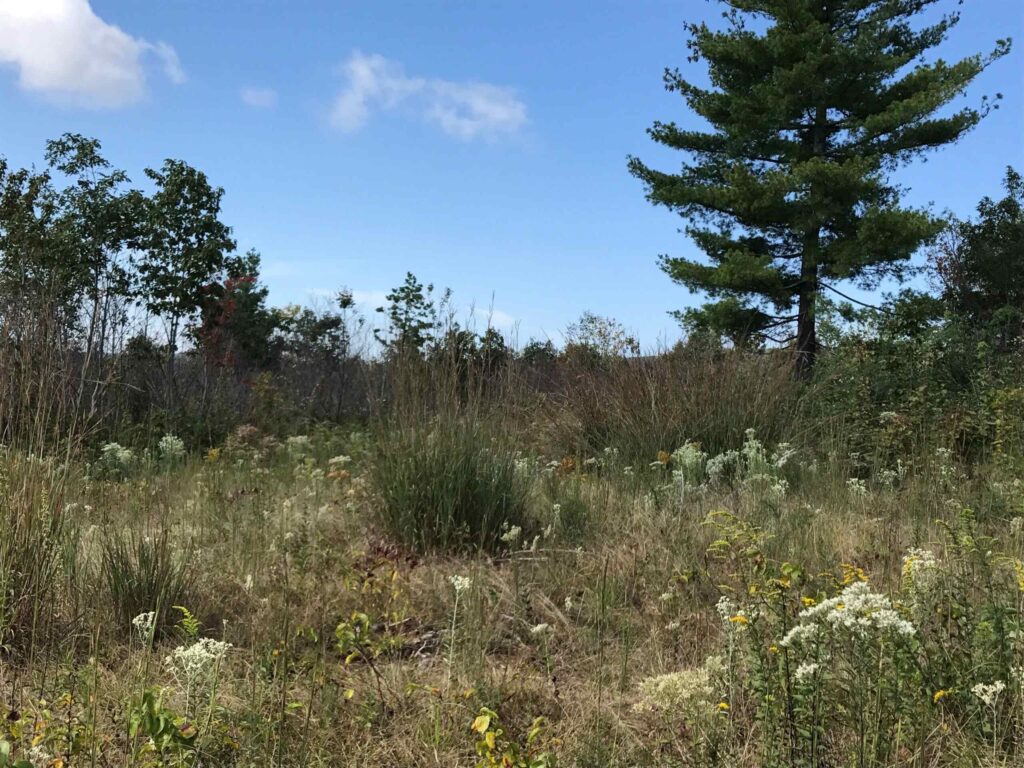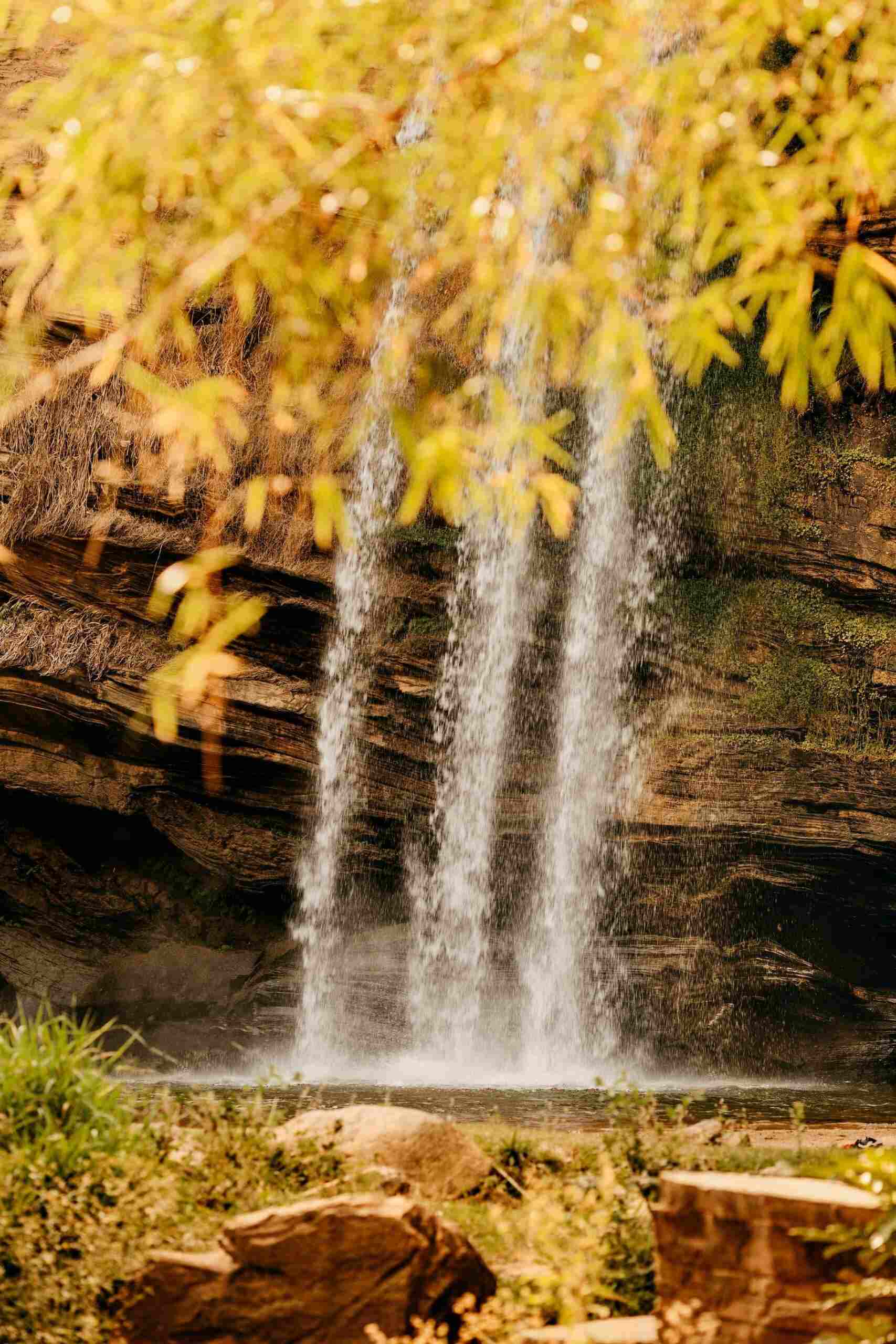

March 29, 2018 Blog Environment


By George Lindemann
Many people don’t realize that prior to 1492, much of the Central and Eastern United States was covered in grasslands. These were created through fire disturbances. Some of the disturbances were natural; and some of them were man-made.


Native Americans used repeated burns to create open areas for hunting as well as open areas on mountaintops. These “balds” were used to spot enemies as well as prey. Over the last several centuries European settlers began cultivating these native grasslands with crops as well as pasture.
Over the last 75 years, with the support of the U.S Government, landowners have replaced most of the native species with cool season non-native grasses. These grasses form what is now called the “Fescue belt.” These millions of acres are resilient and provide reliable forage for livestock. They do not however provide the traditional cover and food required by grassland birds such as the Northern Bobwhite (aka Quail.)
This week I had the privilege of showing Dr. Reed Noss and Dr. Dwayne Estes some of the native grasses at Coal Creek farm. Dr. Noss is THE defacto expert in South East native grasslands. He has written countess books and authored numerous studies on grasslands ranging from the Florida Everglades all the way up to Tennessee. Dr. Dwayne Estes is spearheading the Southeastern Grasslands Initiative.
At Coal Creek Farm, we are working with SGI to use prescribed burns as well as cattle (large herbivores were also a part of the pre 1492 landscape) to return some of the land to native pastures. Dr. Noss was excited to see threatened species such as Big Blue Steam Grass, Little Blue Steam Grass as well as Indian Grass. Dr. Noss and Dr. Estes were also excited by the Short Leaf Pine which used to thrive in Cumberland Plateau grasslands and savannas (grasslands with a few more trees.)
We are hopping, weather and permit permitting, to perform controlled burns on several hundred acres this spring. Stay tuned.




April 25 2023 Blog Environment
Some scientists estimate that native grasslands have declined by as much as 99 percent. By some estimates, this resulted in three billion fewer birds on the landscape than 50 years ago. This has harmed both the eastern meadowlark and the bobwhite which are both found on Coal Creek.


April 20 2023 Blog Environment
Historically, open savannas and woodlands were largely maintained by periodic fire, which served to remove dense blankets of accumulated leaf litter from the ground and promote the growth of fire-adapted trees, such as shortleaf pine. Due to the loss of periodic fire, it is estimated that at least 90% of shortleaf pine-oak savanna has been lost.